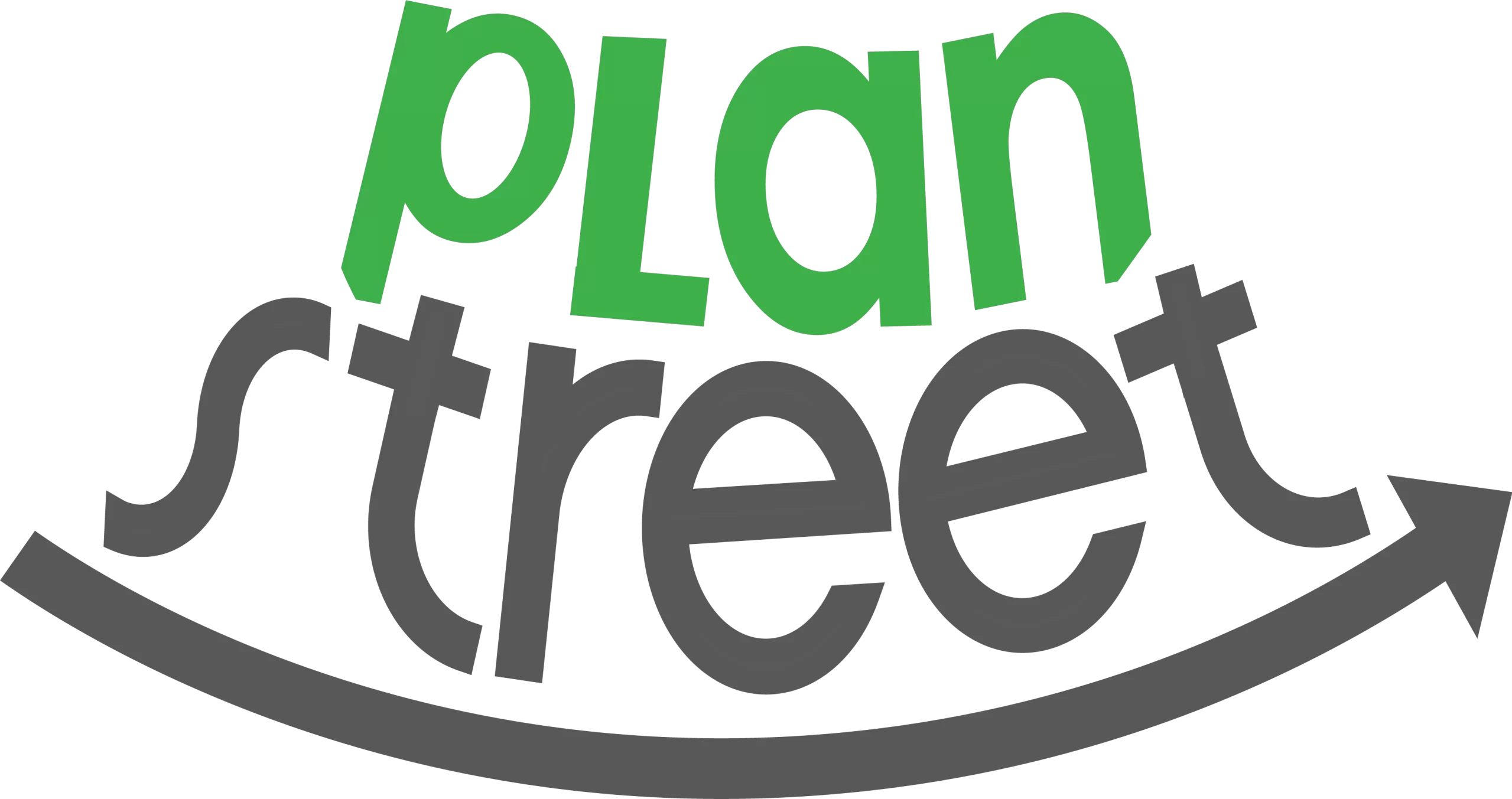Why are Grants Important for Nonprofits?

The nonprofit sector must find alternate ways of raising funds for its operations. In particular, health and human services organizations rely heavily on private and public grant funding streams because they don’t generally profit from their service delivery. Grants provide nonprofits with a dependable revenue stream, alleviating pressure on fundraising efforts.
However, hundreds, if not thousands, of organizations, are vying for the same available grants. Requesting for the grant requires writing a grant proposal. Grant writing takes time, detailed preparation, and attention to detail. A grant application can take days to prepare, but it’s worth the investment when funding is approved.
What is a nonprofit grant?
A nonprofit, sometimes a fundraising grant, is a financial donation to a nonprofit organization. A foundation, corporation, or government agency typically gives grants. Many nonprofits are partially or entirely funded by grants they receive yearly.
Grant organizations, also known as grantmakers, are the foundations, corporations, or government agencies that provide grant funding. They usually specify how their gift should be distributed. Rather than giving a lump sum donation that the nonprofit can use to support general operations, grant organizations may stipulate that they want the funds to be used to support a specific program or initiative.
How do nonprofits benefit from grants?
Grants allow not-for-profit organizations to deliver services to people who otherwise can’t afford them. Nonprofits benefit from grants in multiple ways, but the main advantage is using the funds to run the organization. What’s more, unlike loans, you do not need to repay a grant. Because grants are usually gifted to nonprofits from large companies, they are generally larger than those from individual donors. Large grants for nonprofits can give a much-needed cash injection to help fund a project, market the organization, purchase supplies or get an initiative off the ground. This can help the organization enter a new growth phase and attract new donors.
Because grants typically come from large, established organizations, they are often much more significant gifts than those from individual donors. Large, one-time gifts like grants can push your nonprofit to fund a much-needed program or purchase essential supplies or equipment. This can bring your nonprofit into a new growth phase, attracting increased attention and new donors.
Grants also build your nonprofit’s visibility and credibility. According to the Society for Nonprofits, once you receive one grant, you are more likely to receive others. In other words, once grantmakers see that other notable organizations have given to your cause, they are more likely to give to you themselves.
Funding is essential for nonprofits because it allows you to invest in your organization and improve overall impact. Nonprofits often rely on grants to help with operational costs, so securing funding is essential to keeping your organization running.
Grants contribute to the organization’s running and improve visibility and credibility. In most cases, a nonprofit receiving a grant from established businesses will enjoy greater credibility. This could spur other organizations to provide grants to the nonprofit as well. This means that once grantmakers see that other organizations are funding your nonprofit, they are more likely to donate funds themselves.
What are some of the ways grants help nonprofits?
- Financial Resources: Grants provide nonprofit organizations with much-needed financial resources. They can provide money for a range of things, such as program execution, employee pay, equipment and supplies, facility upkeep, and capacity-building projects. Grants aid nonprofit organizations in meeting expenses that are often not covered by earned revenue or individual donations, maintaining their long-term viability and financial stability.
- Program Development and Expansion: Grants provide nonprofit organizations the ability to create and extend their programmes and services. Grant money may be used by nonprofits to start fresh projects, carry out research, test out new ideas, and expand effective programmes. Grants provide charity organizations the resources they need to try out novel ideas, enhance current initiatives, and engage a bigger audience. As a result, their influence and effectiveness rise.
- Capacity Building: Strengthening the internal infrastructure, organizational ability, and infrastructure of the nonprofit is a major emphasis of many awards. Grants can help with things like staff development, leadership growth, strategic planning, technological improvements, and assessment initiatives. Grants aid NGOs in operating more effectively, enhancing their governance procedures, and increasing their capacity to accomplish long-term objectives through investing in capacity building.
- Networking and Collaboration: Grants frequently promote networking and cooperation between charities, governmental bodies, neighborhood associations, and other stakeholders. Nonprofits have the chance to interact with like-minded organizations, share resources, exchange information, and utilize collective experience through grant-funded projects and initiatives. This partnership encourages synergy, raises the standard of services, and encourages the efficient use of resources.
- Visibility and Recognition: Visibility and Recognition: Getting funding may help NGOs become more visible and well-known. Grantmakers frequently recognize and highlight their grantees, which draws attention to the nonprofit’s goals, activities, and successes. This greater exposure may bring in more funding, volunteers, and other prospective partners. Grants confirm the legitimacy of the organization and show that its activities are worthwhile of support.
- Research and Advocacy: Some grants are made especially to fund these two types of projects. Grant money can be used by nonprofit organizations to carry out research, gather data, examine trends, and create reports that advance knowledge in their industry. Additionally, grants assist in advocacy work, allowing NGOs to examine policy, push for change at the local, state, and federal levels, and raise awareness of important topics.
- Sustainability and Diversification: Grants are essential for assisting nonprofit organizations in achieving financial sustainability and source diversification. By acquiring grants, organizations can lessen the risk of financial instability by reducing their reliance on a single funding source or individual contributors. Building relationships with foundations, governmental organizations, commercial sponsors, and other grantmakers through grants fosters long-term collaborations and opens doors for other financing options.
And so, grants are a vital resource that empowers nonprofits to make a difference in their communities and achieve their mission-driven goals.
